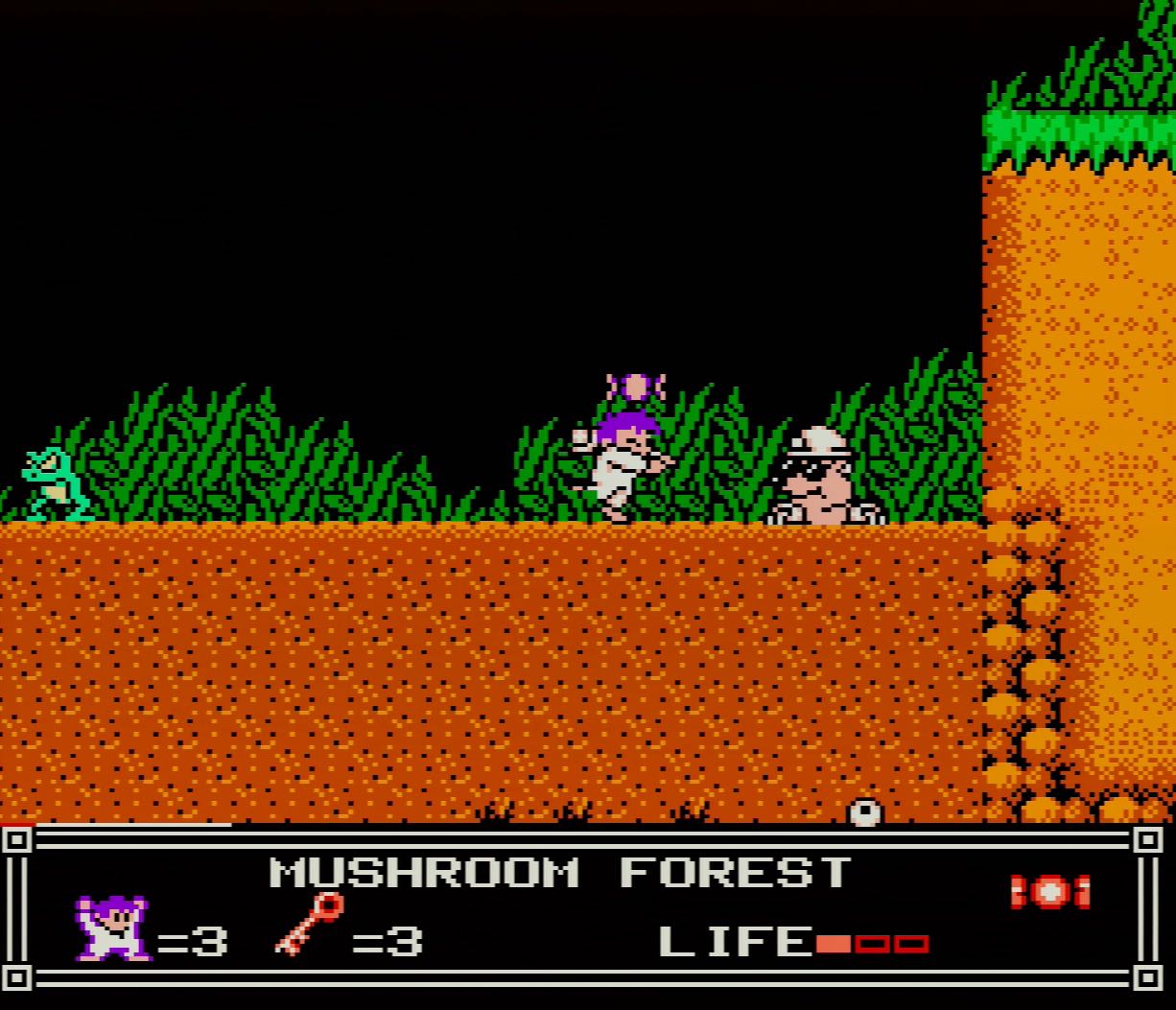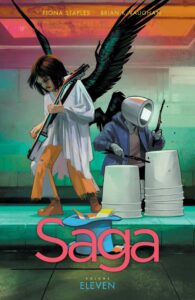Little Nemo: The Dream Master (1990)

…………………………………………………
Little Nemo: The Dream Master Game Review
Little Nemo: The Dream Master is a 1990 platform video game developed by Capcom for the NES. It is one of the underrated gems from this period in gaming history.
………………………………………………….
“Morpheus was kidnapped by The Nightmare King“
…………………………………………………..
…………………………………………………..
This game is an adaptation of the movie ‘Little Nemo: Adventures in Slumberland’, which itself was immensely underappreciated. Both are gems in their respective mediums. The game itself has its issues, but it is so unique in its gameplay mechanics and great at what it does that it deserves more love and attention these days.
This is one of the better movie-to-game adaptations out there as it adapts the movie very well, especially in regards to its world building. Each level corresponds to a major section in the movie itself and the in-between dialogue boxes did a solid job of creating this dream narrative and feel to the game. Even more could have been done in terms of storytelling, but given the limitations of the system, this was still solid work.
The gameplay is where this platformer shines. Some have compared it to the ‘Mega Man’ series, but I would say that it’s not all that similar to it. In fact, the concepts here are very authentic and definitely something that you did not see often in games. There are some ideas (the bee) that would inspire ‘Super Mario Galaxy’, which is something that not a lot of people realize. The game really needs more appreciation for its originality.
Keys and animals are the two major ideas that made this game quite unique. When it comes to the keys, there are around six of them in most levels and you need to find each and every one of them in order to unlock a door to proceed to the next level. The door being so important was faithful to the source material, but the keys being scattered all around the level made for a highly unique and fun experience where you have to search for them and go back if you missed them in a previous section.
…………………………………………………..
…………………………………………………..
Each level is pretty expansive, some even being huge in scope. With this, the game broke away from the conventions of the platformer genre back in this period by becoming more loose and even non-linear in level design. There are even parts of the levels where you have to go left or up and down and not just right. This made for a wonderful treat full of exploration and adventure.
The other mechanic constitutes of feeding these different animals candy and then taking over their bodies and gaining their powers and abilities. For me, the bee was the most valuable asset as you can fly with it anywhere you want, but the frog was a great source of higher jumping abilities and the lizard is indispensable when it comes to climbing. Most of the animals are necessary to take over in order to finish the level, which made the game highly diverse in gameplay styles and tactics employed.
There are only four life bars in Nemo’s meter and he himself is very clumsy, which makes the use of animals even more crucial. In the final level, Nemo gets the ability to use his scepter and that was such a cool power that I wish the game used more of. Powering it up and shooting at those hard bosses was a blast and it made me feel quite powerful. The problem with the bosses is that they were just way too difficult with The Nightmare King being ludicrous in difficulty. It takes you quite a while to properly beat him, making for a stressful experience.
This is where we come to some of the game’s issues, which are abundant unfortunately. Not only is it way too demanding in its difficulty, but it is also highly uneven in terms of pacing, length and gameplay styles being used. A couple of levels have no keys to speak of and are very straightforward and linear while the final level has many bosses all of a sudden. I would say that all of these levels worked, but because the game was so incredibly short at just eight levels, there wasn’t enough time to deal with all these level types, most getting shortchanged in the process.
…………………………………………………..
…………………………………………………..
Let’s talk about the levels. Mushroom Forest is absolutely adorable and by far the most charming and fun level of the bunch. It introduces you to its two main concepts wonderfully and it’s a joy to play. Flower Garden is also entertaining, but it’s much less memorable than the former as it lacks its charming imagery.
House of Toys is wildly different than these previous levels, making for an uneven transition, but when judged separately, it really worked. The train moves and you have to avoid the many spikes and enemies while boarding it. It is the level that focuses most on pure reflexes. It’s short, but sweet. Night Sea is very unique in its aquatic areas and quite expansive, but as is the case with most water levels in platformers, it was frustratingly difficult.
Nemo’s House is absolutely fantastic. It is by far the biggest area in the game and the most non-linear, which made exploring it and searching for those keys a true treat. Cloud Ruins is another reflex-based level that is particularly memorable for its up-down design, but it could have been longer overall.
Topsy-Turvy is a repeat of the house level, but it works because it’s also very expansive and very well imagined. Nightmare Land is problematic. On the one hand, having the final level constitute almost a third of the entire game in terms of length made for a rewarding, cool gaming experience, but it was so much harder than the rest of the game that the balance seemed totally off. It is superbly designed, though, and the enemies and bosses are also very memorable, but it should have been easier when all is said and done.
…………………………………………………..
…………………………………………………..
Graphically speaking, Little Nemo: The Dream Master is only serviceable. The designs of the animals and enemies was pretty good and some of the backgrounds were lovely to behold, but for the most part it was a standard NES game with unpolished colors and rare moments of truly memorable visuals. The score fared even worse as it was rather pedestrian and uninspired with no really memorable tunes. The controls are good and the game has no bugs to speak of. The world building and mechanics are excellent as well. I just wish the length and structure were better.
Overall, Little Nemo: The Dream Master is an underrated gem of a game. It is a platformer that has its issues – the final level is ridiculously difficult and the game is way too short in length. But what it does right, it excels at. Both of its main gameplay mechanics did wonders to make the game highly entertaining and unique while the level design and world building are terrific as well. It’s a treat for platformer players and for the fans of this franchise.
My Rating – 4.1
Ranking Little Nemo: Dream Master Levels:
1. Mushroom Forest
2. Nemo’s House
3. Topsy-Turvy

4. House of Toys
5. Night Sea
6. Cloud Ruins

7. Nightmare Land

8. Flower Garden

Ranking Little Nemo: Dream Master Animals:
1. Bee

2. Frog

3. Lizard
4. Gorilla
5. Mouse
6. Mole

7. Hermit Crab
8. Flounder














